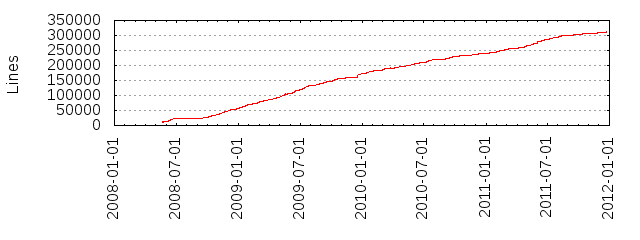This post is another attempt to explain how incredibly useful the notion of a cocontinuous functor of sites really is. I already tried once here.
Let u : C —> D be a functor between sites. We say u is cocontinuous if for every object U of C and every covering {V_j —> u(U)} in D there exists a covering {U_i —> U} in C such that {u(U_i) —> U} refines {V_j —> u(U)}. This is the direct translation of SGA 4, II, Defintion 2.1 into the language of sites as used in the stacks project and in Artin’s notes on Grothendieck topologies. Note that we do not require that u transforms coverings into coverings, i.e., we do not assume u is continuous. Often the condition of cocontinuity is trivial to check.
Lemma Tag 00XO A cocontinuous functor defines a morphism of topoi g : Sh(C) —> Sh(D) such that g^{-1}G is the sheaf associated to U |—> G(u(U)).
The reader should contrast this with the “default” which is morphisms of topoi associated to continuous functors (where one has to check the exactness of the pull back functor explicitly in each case!). Let’s discuss some examples where the lemma applies.
The standard example is the functor Sch/X —> Sch/Y associated to a morphism of schemes X —> Y for any of the topologies Zariski, etale, smooth, syntomic, fppf. This defines functoriality for the big topoi. This also works to give functoriality for big topoi of algebraic spaces and algebraic stacks. In exactly the same way we get functoriality of the big crystalline topoi.
Another example is any functor u : C —> D between categories endowed with the chaotic topology, i.e., such that sheaves = presheaves. Then u is cocontinuous and we get a morphism of topoi Sh(C) —> Sh(D).
Finally, an important example is localization. Let C be a site and let K be a sheaf of sets. Let C/K be the category of pairs (U, s) where U is an object of C and s ∈ K(U). Endow C/K with the induced topology, i.e., such that {(U_i, s_i) —> (U, s)} is a covering in C/K if and only if {U_i —> U} is a covering in C. Then C/K —> C is cocontinuous (and continuous too) and we obtain a morphism of topoi Sh(C/K) —> Sh(C) whose pullback functor is restriction.
What I am absolutely not saying is that the lemma above is a “great” result. What I am saying is that, in algebraic geometry, the lemma is easy to use (no additional conditions to check) and situations where it applies come up frequently and naturally.
PS: Warning: In some references a cocontinuous functor is a functor between categories (not sites) is defined as a functor that commutes with colimits. This is a different notion. Too bad!

